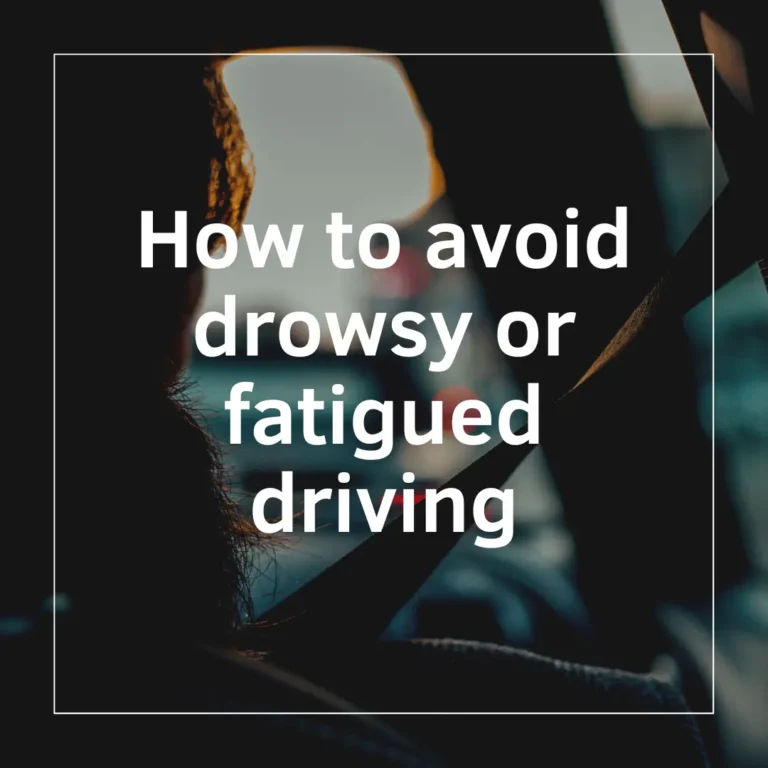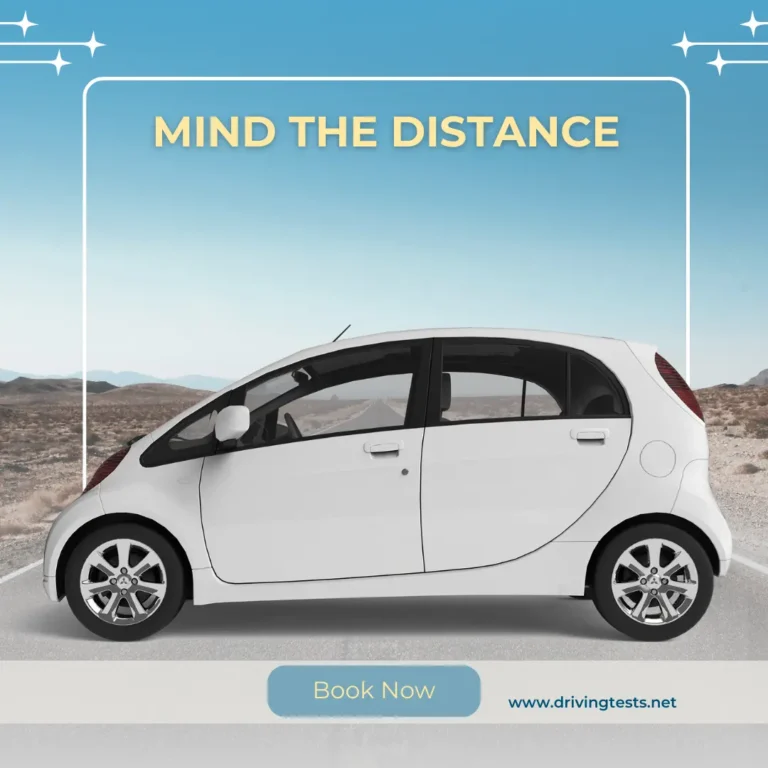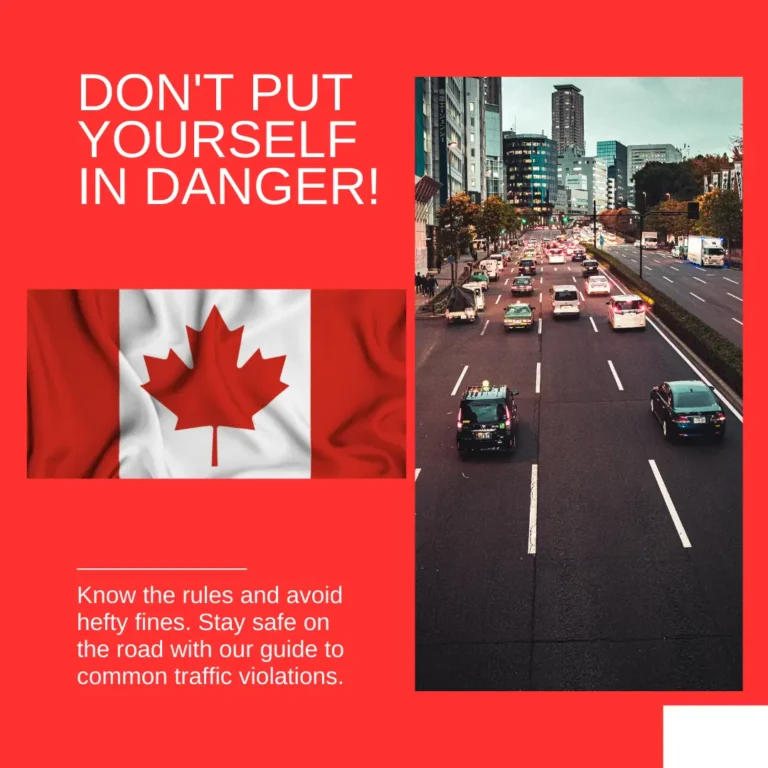What Does Overdriving Your Headlights Mean?
Overdriving your headlights refers to a situation where a driver is traveling at a speed that exceeds the effective range of their vehicle’s headlights. In simpler terms, it means driving too fast for the distance illuminated by your headlights, which can compromise your ability to perceive and react to potential hazards on the road.
Headlights play a crucial role in providing visibility during low-light conditions, such as nighttime or adverse weather situations like heavy rain, fog, or snow. Most headlights have a limited effective range, meaning they can only illuminate a certain distance ahead of the vehicle. Overdriving your headlights occurs when you’re driving at a speed that exceeds the distance your headlights can adequately illuminate. In this article,cle we will explore information related to overdriving your headlights
Learning the concept of overdriving your headlights
Understanding the concept of overdriving your headlights is essential for safe driving. Headlights are designed to illuminate a specific range, and overdriving occurs when a driver exceeds this range due to high speed. This compromises reaction time, increasing the risk of accidents. Adverse weather exacerbates the issue. Preventive measures include adjusting speed based on visibility and using high beams judiciously. Adapting driving behavior to different lighting conditions is crucial. Technological solutions, like adaptive lighting systems, contribute to improved visibility. Educational initiatives promote awareness of overdriving risks, fostering a safer driving culture. In essence, comprehending overdriving headlights involves recognizing their mechanics, factors contributing to them, consequences, preventive measures, and the role of technology and education in mitigating risks on the road.
Overdriving your headlights is often linked to challenges posed by reduced visibility in adverse weather conditions. Fog, heavy rain, or snow can further limit the effective range of headlights, compounding the risks associated with overdriving. In these situations, drivers face the dual challenge of adjusting their speed not only to accommodate the limited visibility caused by darkness but also to navigate through weather-related obstructions. The combination of high speed and compromised visibility underscores the need for heightened caution and adherence to safe driving practices.
The risk of overriding your headlights
The dangers of overdriving your headlights are substantial and pose serious risks to both drivers and other road users.
- Compromised Visibility and Reaction Time: Overdriving headlights occurs when a driver exceeds the effective range of their vehicle’s headlights. This leads to compromised visibility, reducing the driver’s ability to react promptly to unexpected obstacles or changes in road conditions.
- Increased Risk of Accidents: The primary danger associated with overdriving is the heightened risk of accidents. Limited visibility makes it challenging for drivers to detect potential hazards, increasing the likelihood of collisions with other vehicles, pedestrians, or wildlife.
- Challenges in Low-Light Conditions: Overdriving is particularly pronounced during low-light conditions, such as nighttime. The reduced reaction time in these situations poses a significant risk, especially when quick decisions are crucial, such as navigating curves or avoiding obstacles.
- Elevated Risk in Adverse Weather: Overdriving exacerbates the dangers posed by adverse weather conditions. Fog, rain, or snow already compromise headlight effectiveness, and overdriving amplifies these challenges, creating a hazardous situation where drivers may struggle to navigate safely through inclement weather.
- Increased Vulnerability of Pedestrians and Cyclists: Overdriving makes pedestrians and cyclists less visible to drivers, especially at intersections or crosswalks. This elevates the risk of accidents involving vulnerable road users, leading to potential injuries or fatalities.
- Mitigating Dangers Through Speed Adjustment: To mitigate the dangers of overdriving, drivers should adjust their speed based on visibility conditions. Slowing down allows headlights to adequately illuminate the road, providing more reaction time to navigate safely.
- Proper Use of High-Beam Headlights: Proper use of high-beam headlights can extend visibility, but drivers must be cautious. Switching to low beams when approaching oncoming traffic is crucial to avoid blinding other drivers and ensure safe road-sharing practices.
- Responsibility for Road Safety: Acknowledging and understanding the dangers of overdriving headlights is a responsibility that each driver carries. By adopting responsible driving practices and adjusting speed according to visibility conditions, individuals contribute to a safer road environment.
Factors that decided overdriving your speed
Here are some factors and points that will determine overdriving your speed:
- Headlight Effectiveness: The primary factor influencing overdriving speeds is the effectiveness of the vehicle’s headlights. The design, power, and efficiency of the headlights contribute to the illuminated distance on the road. Drivers may overdrive when they miscalculate the effective range of their headlights.
- Vehicle Speed: The speed at which a driver operates their vehicle is a crucial determinant of overdriving. Driving at speeds that surpass the effective range of headlights increases the likelihood of overdriving situations, especially during low-light conditions or adverse weather.
- Adverse Weather Conditions: Weather plays a significant role in overdriving speeds. Adverse conditions such as heavy rain, fog, or snow can reduce visibility, making it more challenging for drivers to accurately assess the effective range of their headlights. In turn, this can lead to overdriving.
- Driver Awareness: The awareness and attentiveness of the driver are fundamental factors. A lack of awareness regarding the limitations of headlights or neglecting to adjust speed based on visibility conditions can contribute to overdriving situations.
- Road Characteristics: The characteristics of the road, including curves, hills, or obstacles, impact overdriving speeds. In situations where the road layout is not adequately visible, such as tight curves, drivers may unknowingly overdrive their headlights, increasing the risk of accidents.
- Traffic Density: The density of traffic on the road can influence overdriving speeds. In congested traffic, drivers may feel pressured to maintain higher speeds, potentially exceeding the effective range of their headlights and compromising safety.
- Driver Experience and Skill: Driver experience and skill level also play a role in determining overdriving speeds. Inexperienced or less-skilled drivers may struggle to assess the appropriate speed for prevailing visibility conditions, increasing the likelihood of overdriving.
- Technological Factors: The presence of advanced technologies, such as adaptive lighting systems, can impact overdriving speeds. Vehicles equipped with adaptive headlights that adjust based on speed, steering input, and elevation changes may mitigate overdriving risks.
- Educational Awareness: Awareness about the dangers of overdriving is crucial. Drivers who are informed about the concept and potential risks are more likely to adjust their speeds appropriately, reducing instances of overdriving.
- Regulatory Speed Limits: Adherence to posted speed limits is a critical factor. In situations where drivers exceed posted limits without considering visibility conditions, the risk of overdriving increases. Adhering to speed limits helps maintain a safe driving speed relative to visibility.
Understanding and addressing these factors collectively contributes to reducing overdriving speeds and enhancing overall road safety. Drivers, technological advancements, and educational initiatives all play essential roles in mitigating the risks associated with overdriving. Keep these factors in mind that overdriving your headlights
Safe Night Driving Tips
Night driving poses unique challenges, including reduced visibility and increased potential for fatigue. Implementing safety measures is crucial for navigating the roads safely after dark. Here are comprehensive tips for safe night driving:
- Ensure Proper Lighting:
- Regularly check and maintain your vehicle’s headlights, taillights, and turn signals.
- Keep headlights clean to maximize brightness.
- Use high beams on unlit roads but switch to low beams when approaching or following other vehicles.
- Clean and Adjust Mirrors:
- Keep side mirrors and rearview mirrors clean for optimal visibility.
- Adjust mirrors to minimize glare from headlights behind you.
- Check and Align Your Headlights:
- Periodically check the alignment of your headlights to ensure they illuminate the road correctly.
- If headlights seem misaligned or dim, consult a professional for adjustments.
- Reduce Speed:
- Slow down during nighttime driving to allow for better reaction time.
- Adjust your speed based on road conditions, visibility, and weather.
- Increase Following Distance:
- Maintain a greater following distance from the vehicle in front to provide ample reaction time.
- This precaution becomes even more critical at night when visibility is reduced.
- Stay Alert and Avoid Distractions:
- Keep your full attention on the road and avoid distractions like phones or in-car entertainment.
- Take regular breaks to combat fatigue on long night drives.
- Watch for Wildlife:
- Be vigilant for animals, as they are often more active at night.
- Use high beams in rural areas to improve visibility and spot animals in the road.
- Use Road Markings as Guides:
- Follow road markings to stay on the correct path, especially on poorly lit roads.
- Be cautious of curves and turns, adjusting your speed accordingly.
- Combat Fatigue:
- Get adequate rest before embarking on a night drive.
- If feeling drowsy, take breaks, and if possible, share driving responsibilities.
- Limit Glare from Oncoming Traffic:
- Adjust your rearview mirror to its nighttime setting to reduce glare from headlights behind you.
- Look slightly to the right when faced with oncoming headlights to minimize direct glare.
By incorporating these tips into your night driving routine, you can significantly reduce the inherent risks and make your journey safer for yourself and others on the road. Safe night driving requires a combination of vigilance, preparedness, and adherence to traffic rules. You can explore what overdriving your headlight means with some factors and its risk in this article so remember them to keep yourself safe.

FAQs
What is overdriving your headlights?
Overdriving your headlights means it refers to a situation in which a driver is traveling at a speed that surpasses the effective range of their vehicle’s headlights. In simpler terms, it means driving too fast for the distance illuminated by your headlights.
How to avoid overdriving your headlights?
To avoid overdriving your headlights, adjust your speed to match visibility, use high beams judiciously, and maintain a safe following distance. Keep headlights clean, stay focused, and consider advanced driver assistance systems for enhanced safety.






